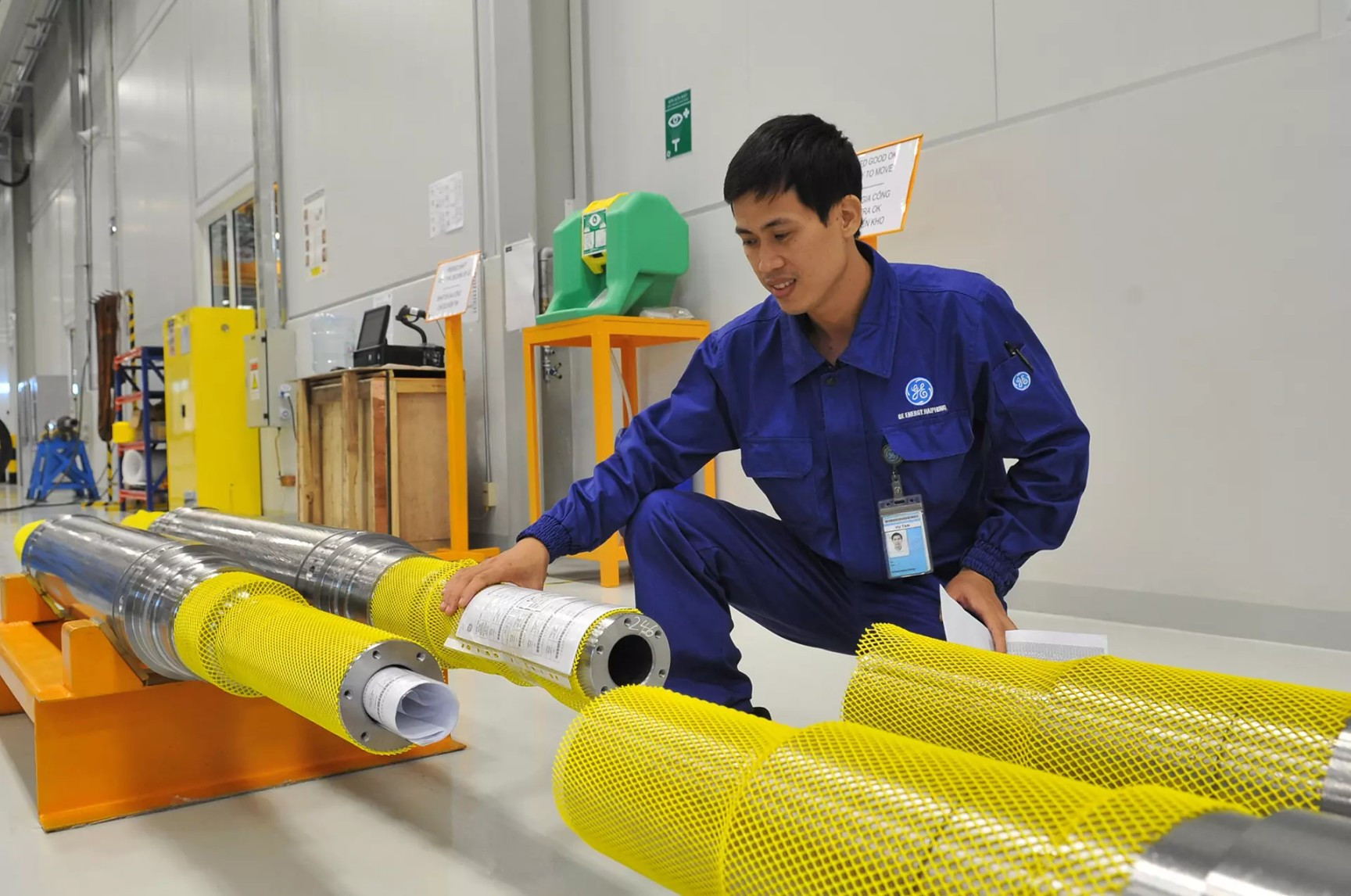
According to the Vietnam Association of Seafood Exporters and Producers (VASEP), the seafood industry is facing difficulties in both aquatic exploitation and culture. More than 50 percent of fishing boats are staying ashore as fuel prices have risen.
Aquaculture products have also seen output decreasing due to increased input material prices. There is a real risk of material shortages for seafood processing.
Logistics costs have also increased. A 40-foot frozen container of goods exported to the US now bears freight of VND400-440 million, which means that enterprises have to pay billions of dong on logistics costs each month. This has adversely affected seafood processing, especially for exports.
According to the Vietnam Cement Association, since the beginning of the year, cement manufacturers have raised selling prices three times. The cement prices increased by VND200,000-290,000 per ton.
Cement is likely to be even more expensive in the time to come in order to cover production costs. The price increases have made it more difficult for manufacturers to consume products and the inventories are at high levels.
It is also difficult to export cement. Only 1.6 million tons were exported in May, a sharp fall of 50 percent from the month before. The total export volume in the first five months of the year was 16 million tons, a decrease of 14 percent compared with the same period last year.
Nearly all major markets of Vietnam, including Bangladesh, Taiwan and Malaysia, saw sharp decreases in imports. The Chinese and Filipino markets in May fell by 83 percent and 45 percent, respectively, compared to April.
According to the Vietnam Administration of Forestry (VNFOREST), export of timber and forestry products in the first five months of the year went smoothly, but export value dropped sharply by 11 percent in June.
The decrease was attributed to higher input costs, lack of materials for production, and lower demands from major markets, including the US and Europe.
Meanwhile, according to the Vietnam Electronic Industries Association, manufacturers are lacking components for assembly, and the inventory level is high. Samsung, with a production base in Vietnam, reported a 20 percent reduction in output and inventories of 50 million products worldwide.
Phan Thi Thanh Xuan, vice chair of the Vietnam Leather, Footwear and Handbag Association (Lefaso), said that member companies are facing difficulties with the inventory level of 40 percent.
Many enterprises have suspended production because of the lack of orders, including orders from August 2022 to Q1 2023. The other problems are high logistics costs, a lack of workers, and the disruption of materials and accessories caused by China's zero-Covid policy.
Truong Van Cam, deputy chair of the Vietnam Textile and Apparel Association (Vitas), said the Covid-19 pandemic has reoccurred in many countries. Events in the world are complicated, while energy and material prices are on the rise. In particular, inflation rates are now high in Vietnam’s major export markets.
In the first six months of the year, the average yarn import price increased by 10 percent over the same period last year, while the cotton price increased by 19 percent.
Easing burden on enterprises
The General Statistics Office (GSO) reported that input material prices for domestic production surged by 6.04 percent in H1 compared with the same period last year.
The sharpest price increase of 10 percent was seen in agricultural production, while the figures were 5.78 percent for the processing and manufacturing industry and 9.32 percent for construction.
According to the International Monetary Fund (IMF), the indexes of production growth in Japan, the UK and US are slowing down. In the US, manufacturers for the first time witness the number of orders decreasing. Its PMI dropped from 53.6 points in May to 51.2 points in June, the lowest in the last five months. Meanwhile, the US is Vietnam’s largest export market with the total turnover of $56 billion. Economists warned that the US recession will affect Vietnam’s export.
The global economic growth rate this year is estimated at 3-3.6 percent, lower than initially expected, which, plus uncertainties, will affect Vietnam’s economy in H2.
In this situation, enterprises need help. The most important solution for now is curbing the petroleum prices to ease the burden on businesses. It is also necessary to cut down taxes and fees in a large scale to support businesses and people.
Tran Thuy